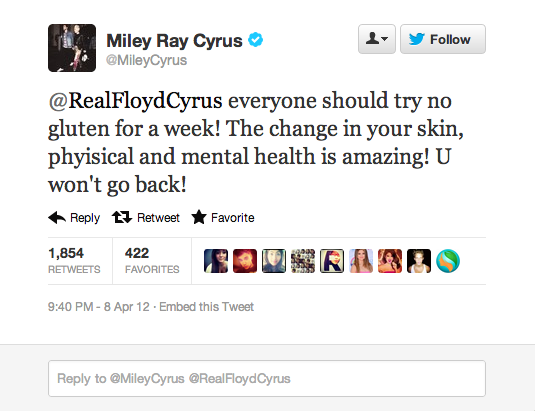To all those wine-lovers above the legal drinking age: Is that glass of red wine you drink with dinner to wind down after a long day at work benefitting your health more than you think?
According to an article published by the Yale-New Haven Hospital, it probably is! Red wines – particularly the dryer ones – contain those lovely little health boosters called flavonoids, also found in dark chocolate (my absolute favorite). Flavonoids are known to have heart-healthy benefits, such as reducing the bad cholesterol levels and increasing the good. Additionally, the skin of red grapes that are used to make wine contain an antioxidant called resveratrol, which may inhibit tumor development in some cancers.
This does not mean you should drink a bottle of wine per night. Like most everything else, red wines are only good for you in moderation. One to two 4-oz glasses of wine daily will do the trick for men, while women are better off consuming only one. This also doesn’t mean that you should start drinking if you don’t already, especially if you have a history of alcoholism in your family or are at risk for hypertryglyceridemia, pancreatitis, liver disease, uncontrolled hypertension, depression, or congestive heart failure.
As this is the last passion blog I will be posting, I just wanted to thank whoever’s been reading them for actually reading them. I wish you all the best in your future endeavors!

